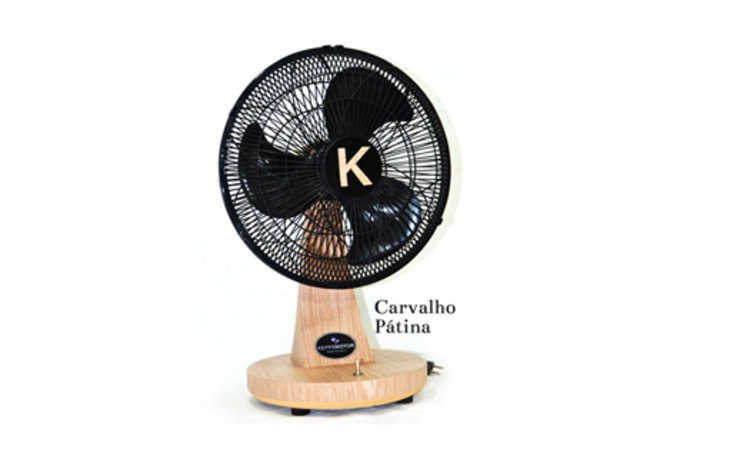Learn about perfluorinates (PFCs) and their dangers
Perfluorides, also called PFCs, create environmental and health problems

Edited and resized images, available in Unsplash
Technological innovations often emerge to make our lives easier and better. The idea of being able to cook using little or no fat in a pan, wearing waterproof clothing, and the convenience of having easy-to-prepare frozen foods on hand seem to be some of these innovations. Not necessarily.
What many people these days still don't know is that the compounds present in these types of products can be extremely toxic contaminants. Experts around the world have already warned of the evils of perfluorinated compounds (PFCs) that are emerging pollutants in the 21st century. Find out below the problems caused by these chemical compounds.
What are perfluorinated compounds and their types
Perfluorinated compounds are used in the waterproofing process of fabrics, papers and food packaging, among others, making the surface where the PFC is applied resistant to water, oil and stains.
In total there are more than 600 compounds, but 2 of them are the main ones. The first is perfluoroctanoic acid (PFOA), used in the production of various fluoropolymers and other PFCs. About 98% of the US population had this compound in their bodies at levels as low as 3 to 4 ppb (parts per billion). However, in regions that had factories that used or produced these compounds, both their employees and the local population showed high levels of concentration of this substance, reaching values of up to 100,000 ppb. We can find it in products such as waterproofing for carpets, clothing and upholstery, in the paper used in fast food packaging, in dental wires and tapes, in some types of floor wax and in insulating tapes made with polytetrafluoroethylene (PTFE ).
Perfluorooctanesulfonic acid (PFOS) is available as a waterproofing agent in products such as fabrics, paper, leather, polishing wax, paints, varnishes, and beauty products.
After countless episodes involving multinational companies and cases of contamination and poisoning by perfluorinated compounds, a trend emerged, on the part of companies, that will lead to the disuse of these chemical products, replacing them with less abrasive products. Even so, PFCs are still widely used in objects made in China, as pointed out in an article in the Scientific World Journal.
Environmental impact and health problems
Both PFOA and PFOS are considered persistent organic pollutants (POPs), which means they remain in the environment for long periods of time. Both reach the environment in two ways. By the inadequate disposal of products that have the elements in their composition, or through the disposal made by industries during their production.
- Persistent Organic Pollutants: the danger of POPs
PFC contamination in humans can cause a wide range of health problems. One of them, according to research, is the link between the presence of PFOA and PFOS in humans and the decrease in size and weight of newborn babies.
Studies also describe PFOA as a substance that causes liver and immune system poisoning, in addition to hormonal dysregulation, especially of the thyroid. Furthermore, after conducting tests, researchers claim that the compound favors the development of liver, testicular and pancreatic cancer in rodents.
- Hyperthyroidism and hypothyroidism: what's the difference?
PFOS has among its negative effects the weakening of the immune system, delay in physical development, damage to the endocrine system, premature mortality, in addition to being a carcinogen. For these reasons this substance was added in 2009 to Annex B of the Stockholm Convention on Pollutants Persistent Organics in order to restrict their production.
Researchers also describe PFCs as substances that can reduce the effect of vaccines in children, and that have an obesogenic character.
- Obesogenics: chemicals that make you fat
Avoiding Perfluorinated Compounds
Therefore, pay attention when shopping. Whenever purchasing waterproofing products or solutions, resistant to oil and stains, read, research and inform the manufacturer about the presence of fluorinated compounds such as PFOA and PFOS, in addition to their derivatives such as PFNA and PFBS.
Food packaging such as pizza boxes, microwave popcorn bags, sandwich and candy wrappers can also contain PFCs in their compositions and come into direct contact with the food, contaminating it.










